Cancer in dogs, in its simplest form, is the uncontrolled growth of cells that leads to the formation of tumors. In dogs, cancer can manifest in a variety of ways, affecting different organs and tissues. It is essential for pet owners to recognize that not all tumors are cancerous. Tumors can be classified as either benign or malignant. Benign tumors are generally non-aggressive and do not spread to other parts of the body, while malignant tumors are cancerous, more aggressive, and capable of metastasizing to distant tissues.
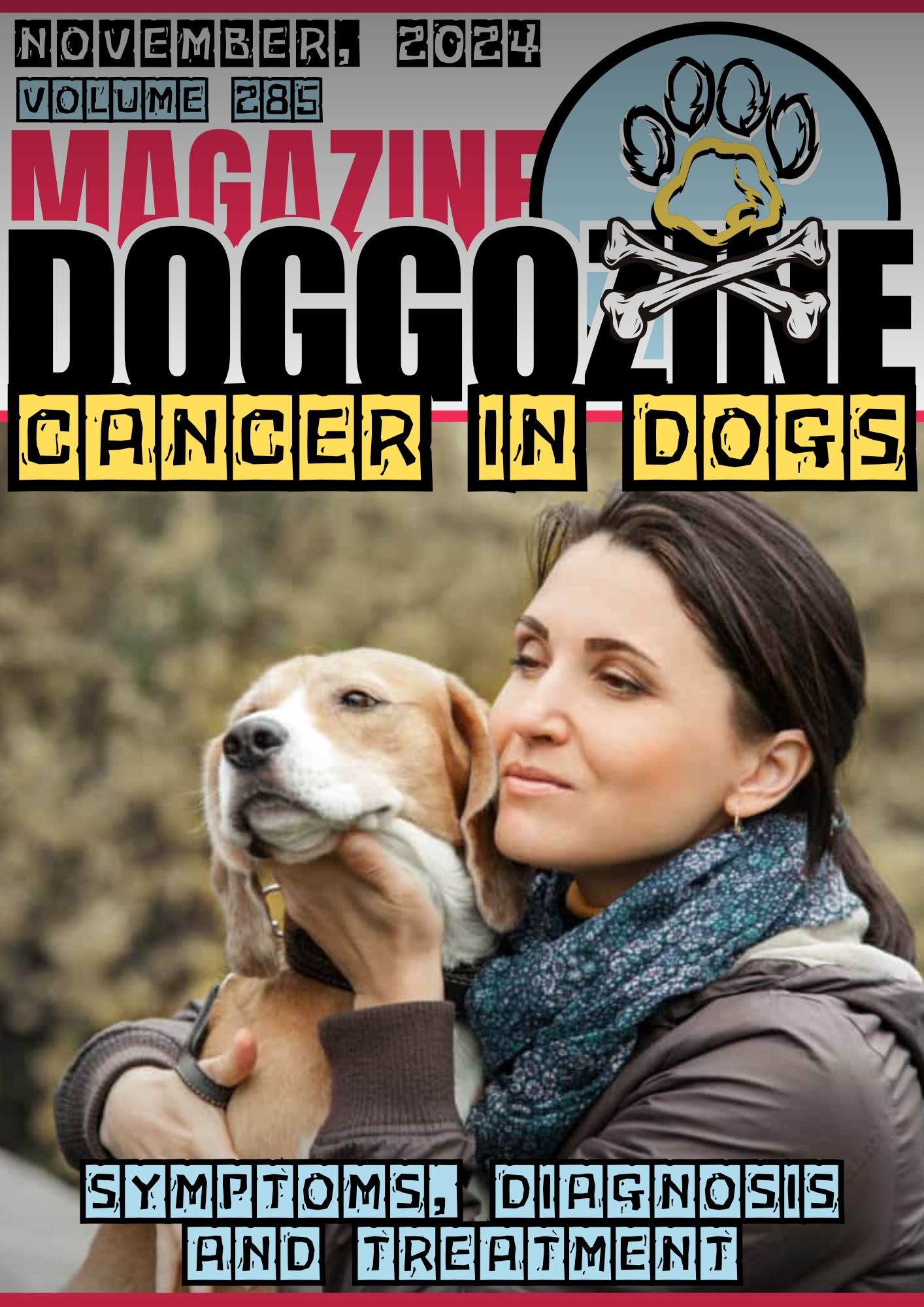
UNDERSTANDING CANCER IN DOGS
The cancer in dogs is a significant health issue, with an alarming frequency observed in the dog population. According to the Veterinary Cancer Society, one in four dogs will develop cancer at some stage in their life. Furthermore, almost 50% of dogs over the age of 10 are likely to be diagnosed with cancer. Given these statistics, it is critical for dog owners to be informed about this condition.
Dog Breeds and Different Types of Cancer
There are several types of cancer that dogs may develop, each with varying implications and prognoses. Common types of cancer in dogs include lymphoma, mast cell tumors, osteosarcoma (bone cancer), and hemangiosarcoma (cancer of the blood vessels). Lymphoma, for instance, affects the lymphatic system and is one of the most common types of cancer found in dogs. Mast cell tumors, on the other hand, tend to affect the skin but can also appear in other organs.
Certain breeds are more susceptible to specific types of cancer. For example, Golden Retrievers and Boxers are highly prone to lymphoma and mast cell tumors, respectively. Rottweilers and German Shepherds exhibit a higher incidence of bone cancer. Although the reasons behind this breed predisposition are not fully understood, genetic factors may play a role in their increased susceptibility.
Understanding the distinctions between benign and malignant tumors, recognizing the prevalence of cancer in dogs, and being aware of the types and breeds most commonly affected equips pet owners with the knowledge necessary to take proactive steps in monitoring and managing their dog’s health.
🔑 Key Points: Almost 50% of dogs over the age of 10 are likely to be diagnosed with cancer. Common types of cancer in dogs include lymphoma, mast cell tumors, osteosarcoma (bone cancer), and hemangiosarcoma (cancer of the blood vessels).
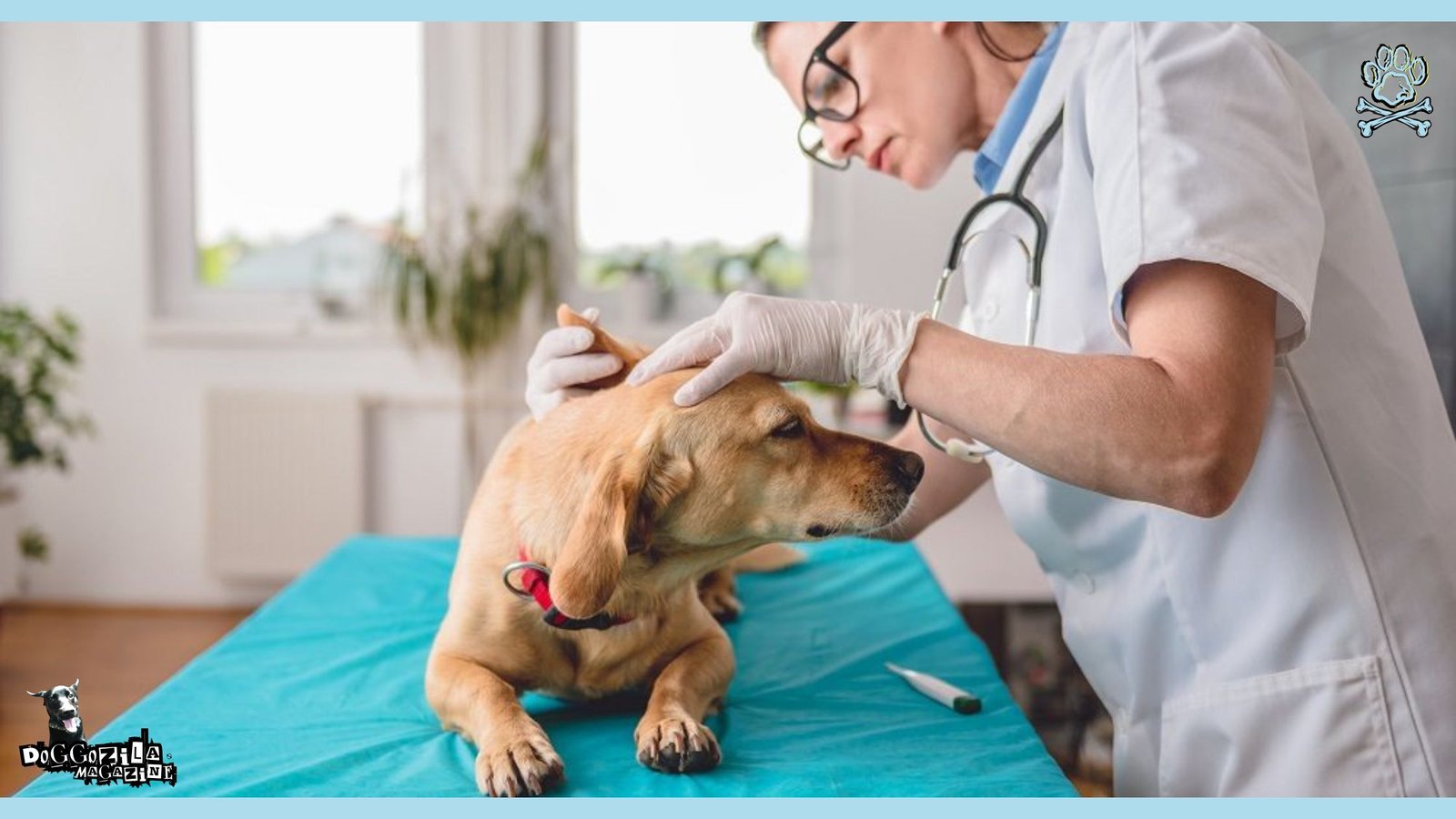
SYMPTOMS FOR CANCER IN DOGS TO WATCH FOR
Cancer in dogs can present with a variety of symptoms, making vigilance essential for early detection and treatment.
Signs That Cancer is Developing in Dogs
One of the most common signs to watch for is the appearance of lumps or bumps that persist for extended periods. While not all lumps are cancerous, those that continue to grow should be evaluated by a veterinarian promptly.
Another critical indicator of potential cancer in dogs is an unexplained loss of weight. Sudden, significant weight loss without a change in diet or exercise routine is a red flag that should not be ignored. Alongside weight loss, lethargy and a noticeable decrease in energy levels can also be a cause for concern, signaling that your dog is not feeling well.
Difficulty breathing is another symptom that may indicate the presence of dog cancer, particularly if it is persistent or worsening over time. Changes in appetite, whether an increase or decrease, should also be monitored closely. These changes could be indicative of underlying health issues, including cancer.
Early Detection Increase the Chances Dogs to Beat the Cancer
It is important to note that the symptoms can vary significantly depending on the type and location of the cancer. For instance, bone cancer may present with limping or swellings on the limbs, while gastrointestinal cancers might cause vomiting or diarrhea. Regular veterinary check-ups are crucial as they can lead to early detection of these symptoms, improving the chances of successfully managing the condition.
Early detection is paramount in the fight against cancer in dogs. By staying observant and promptly addressing any unusual symptoms, pet owners can ensure that their dogs receive the best possible care. Regular veterinary visits not only help in early diagnosis but also in understanding your dog’s overall health status, making it easier to identify any deviations that might suggest a problem.
🔑 Key Points: The most definitive method for diagnosis is a biopsy, where a tissue sample is obtained for microscopic examination. This process helps determine whether the growth is malignant or benign, guiding the treatment pathway.

WHAT TO EXPECT FROM THE DIAGNOSIS ON CANCER IN DOGS
When your dog exhibits symptoms that raise concerns, an initial veterinary examination is paramount to begin the diagnostic process for cancer in dogs. During this examination, the veterinarian will conduct a thorough physical check-up, palpate for any abnormal lumps, and ask detailed questions about your dog’s medical history and symptoms. This stage is critical to identify whether further investigation is necessary to confirm a cancer diagnosis.
What Are The Next Steps After Diagnosing Cancer In Dogs
Once a concern is identified, the veterinarian may recommend a series of diagnostic tests to gather comprehensive information about your dog’s condition. Blood tests are commonly the first step; they can reveal abnormalities in blood cell counts or detect biochemical markers indicative of cancer. Additional imaging tests such as X-rays or ultrasounds may follow. These imaging techniques are indispensable for visualizing masses, tumors, or anomalies in organs and tissues, providing critical insights into the cancer’s type and location.
In cases where more detailed imaging is required, advanced options like CT scans and MRIs might be used. These provide a more intricate view of the affected areas, helping in the precise mapping of the tumor’s extent and its relation to surrounding structures. However, despite the usefulness of imaging, a definitive diagnosis often necessitates a tissue biopsy.
What is Tissue Biopsy?
A biopsy involves collecting a small sample of the tumor tissue. This sample is then analyzed by a veterinary pathologist. The biopsy not only confirms the presence of cancer but also helps in identifying the specific type of cancer cells involved. Additionally, the analysis can indicate the aggressiveness of the cancer, which is vital for staging the disease and forming a prognosis.
By combining findings from blood tests, imaging, and biopsies, the veterinarian will be able to determine the type, location, and stage of the cancer. This comprehensive diagnostic approach is essential for developing an effective treatment plan tailored to your dog’s specific condition, significantly enhancing the chances of managing the disease effectively.
🔑 Key Points: Diagnosing cancer in dogs involves a series of thorough assessments to ensure accurate identification and effective treatment options. Initially, a veterinarian will conduct a comprehensive physical examination, checking for abnormal lumps or swelling.
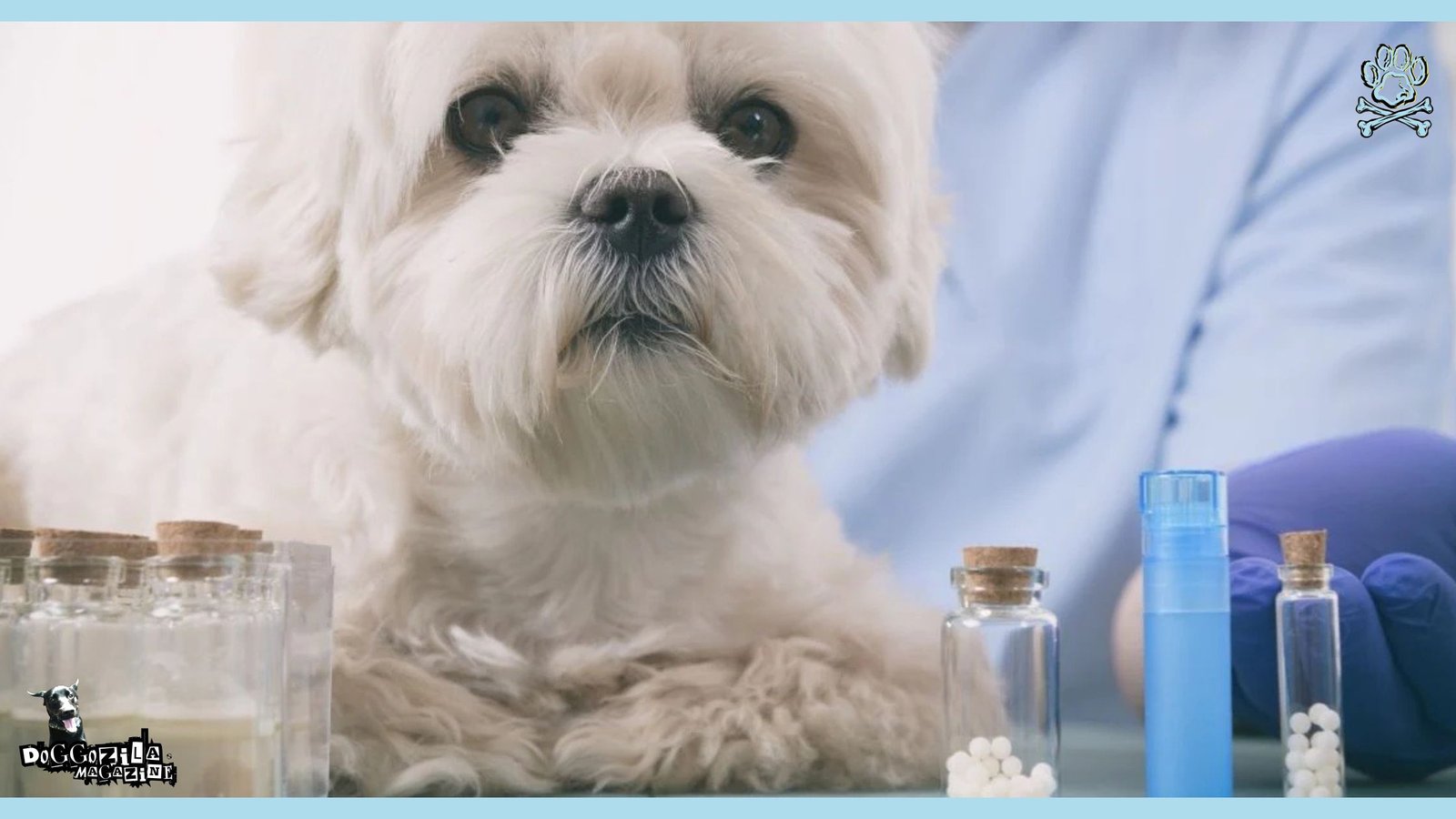
TREATMENT OPTIONS FOR CANCER IN DOGS
Diverse treatment options are available for dogs diagnosed with cancer, each with its specific advantages and disadvantages. Understanding these treatments can significantly impact the quality of life for your dog.
Different Stages for Cancer in Dogs Demand Different Treatments
- Surgery stands out as a primary treatment for localized tumors. It involves the physical removal of cancerous tissue, potentially curing the disease if the cancer hasn’t spread. The major advantage of surgery is its potential for immediate tumor removal. However, its invasiveness means it comes with risks such as infection, complications from anesthesia, and significant recovery time.
- Chemotherapy employs drugs to destroy cancer cells throughout the body. This treatment is particularly useful for cancers that have metastasized. The principal benefit is its systemic reach, appropriate for extensive cancer spread. Nevertheless, side effects such as nausea, vomiting, hair loss, and lowered immune function can be significant, and the treatment requires multiple sessions over several weeks or months.
- Radiation Therapy utilizes high-energy waves to target and destroy cancer cells. This treatment is effective for areas where surgery isn’t viable or the cancer remains post-surgery. Radiation therapy might cause skin irritation, fatigue, and temporary hair loss at the treatment site. Also, sessions must be repeated, usually over several weeks.
- Immunotherapy works by stimulating the dog’s immune system to fight the cancer. It’s an emerging form of treatment with promising results, particularly for certain types of cancer. Advantages include fewer side effects compared to chemotherapy and radiation; however, immunotherapy is still a developing field, and its application may be limited based on the type and stage of cancer.
Follow the Advice from your Veterinary Oncologist
When choosing a treatment plan, it’s crucial to consider the stage and type of cancer, the overall health of your dog, and the potential side effects of each treatment. Veterinary oncologists play a key role in forming a suitable treatment strategy tailored to your dog’s specific needs. Discussing all available options thoroughly with a veterinary oncologist ensures you make a well-informed decision that optimizes your dog’s quality of life while battling cancer.
🔑 Key Points: Being informed about these aspects of cancer in dogs empowers dog owners, enabling them to notice unusual behaviors or symptoms early. This awareness enhances communication with veterinary professionals, leading to timely diagnoses and better health outcomes for affected pets.
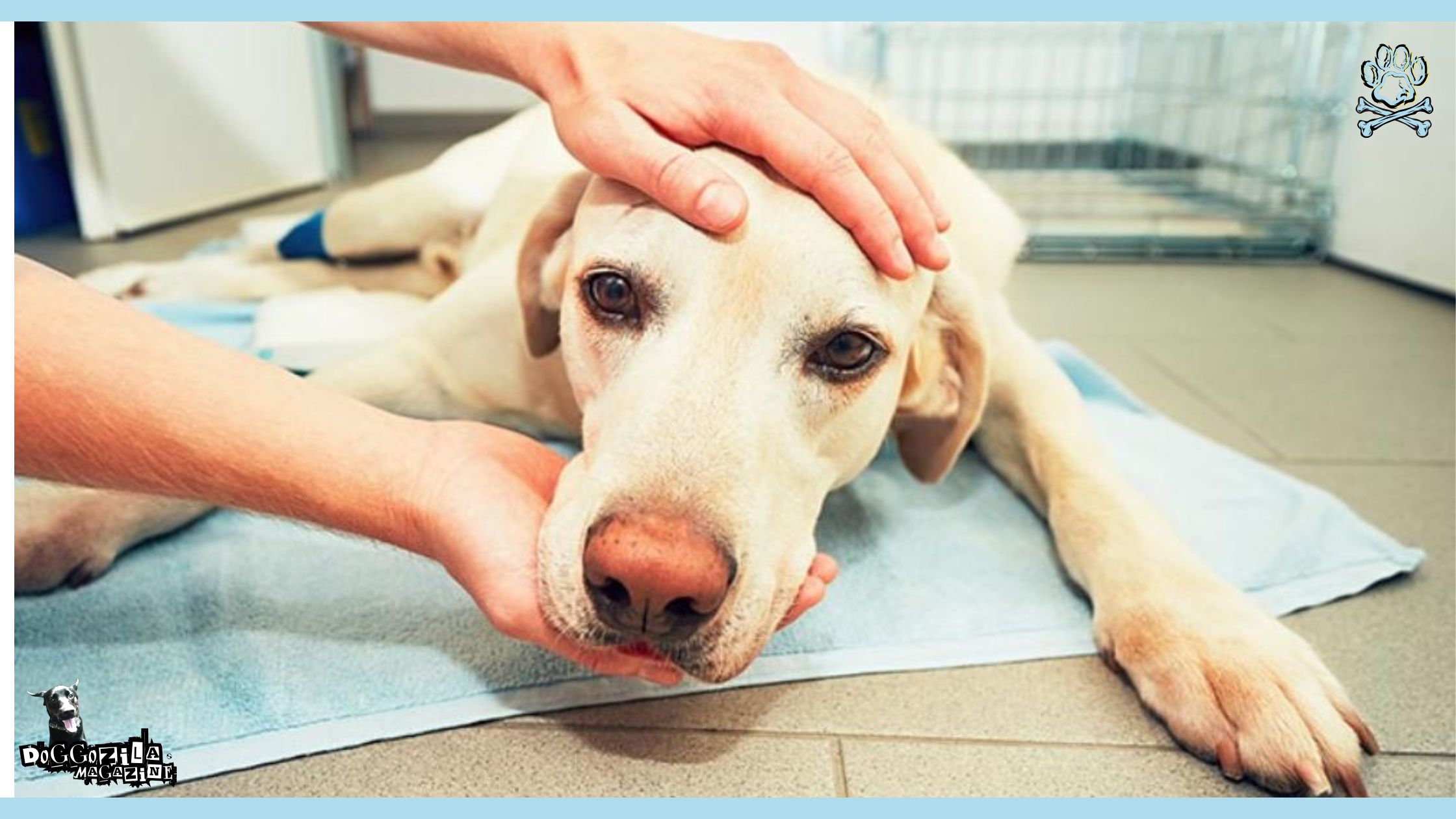
MANAGING QUALITY OF LIFE IF YOUR DOGS HAVE CANCER
When your dog is diagnosed with cancer, maintaining their quality of life becomes a primary concern. Effective pain management is crucial in ensuring your dog remains comfortable throughout treatment.
Pain Management for Dogs with Cancer
Consult your veterinarian for appropriate medications or therapies that can alleviate pain and reduce discomfort. Non-steroidal anti-inflammatory drugs (NSAIDs), opioid medications, and other pain relief options may be recommended based on your dog’s specific condition.
In addition to pain management, nutrition plays a vital role in your dog’s overall well-being. Cancer and its treatments can significantly impact your dog’s appetite and digestive health. Providing a balanced, nutrient-rich diet tailored to your dog’s needs can help maintain their strength and energy levels.
Consider incorporating high-protein, low-carbohydrate foods, and consult a veterinary nutritionist if necessary to create a customized meal plan. Supplements like omega-3 fatty acids may also be beneficial due to their anti-inflammatory properties.
Seek Support During This Challenging Journey
Maintaining a routine can provide a sense of normalcy and stability for your dog during this challenging time. Regular feeding schedules, exercise routines, and daily activities can help keep your dog engaged and mentally stimulated. However, it is essential to adjust the intensity and duration of activities according to your dog’s energy levels and physical condition. Gentle walks, interactive toys, and mental games can be great ways to keep your dog active without causing undue stress or fatigue.
Recognizing signs of discomfort or declining health is imperative for timely intervention. Watch for changes in behavior, such as increased restlessness, decreased appetite, or reluctance to move. Other indicators include labored breathing, excessive panting, or vocalizations of pain. Keeping a close eye on these signs allows you to address issues promptly with your veterinarian.
Emotional support is equally important for both your dog and yourself during this period. Providing a calm and reassuring environment can significantly impact your dog’s mental and emotional well-being. Spend quality time together, offering affection and comfort. Additionally, seek support for yourself through friends, family, or support groups who understand the emotional toll of caring for a pet with cancer. Both you and your dog will benefit from a strong support system during this challenging journey.
🔑 Key Points: Developing a strong bond with your dog during this period is equally significant. Words of encouragement, gentle strokes, or simply being present can make a profound difference in how your dog perceives their surroundings.
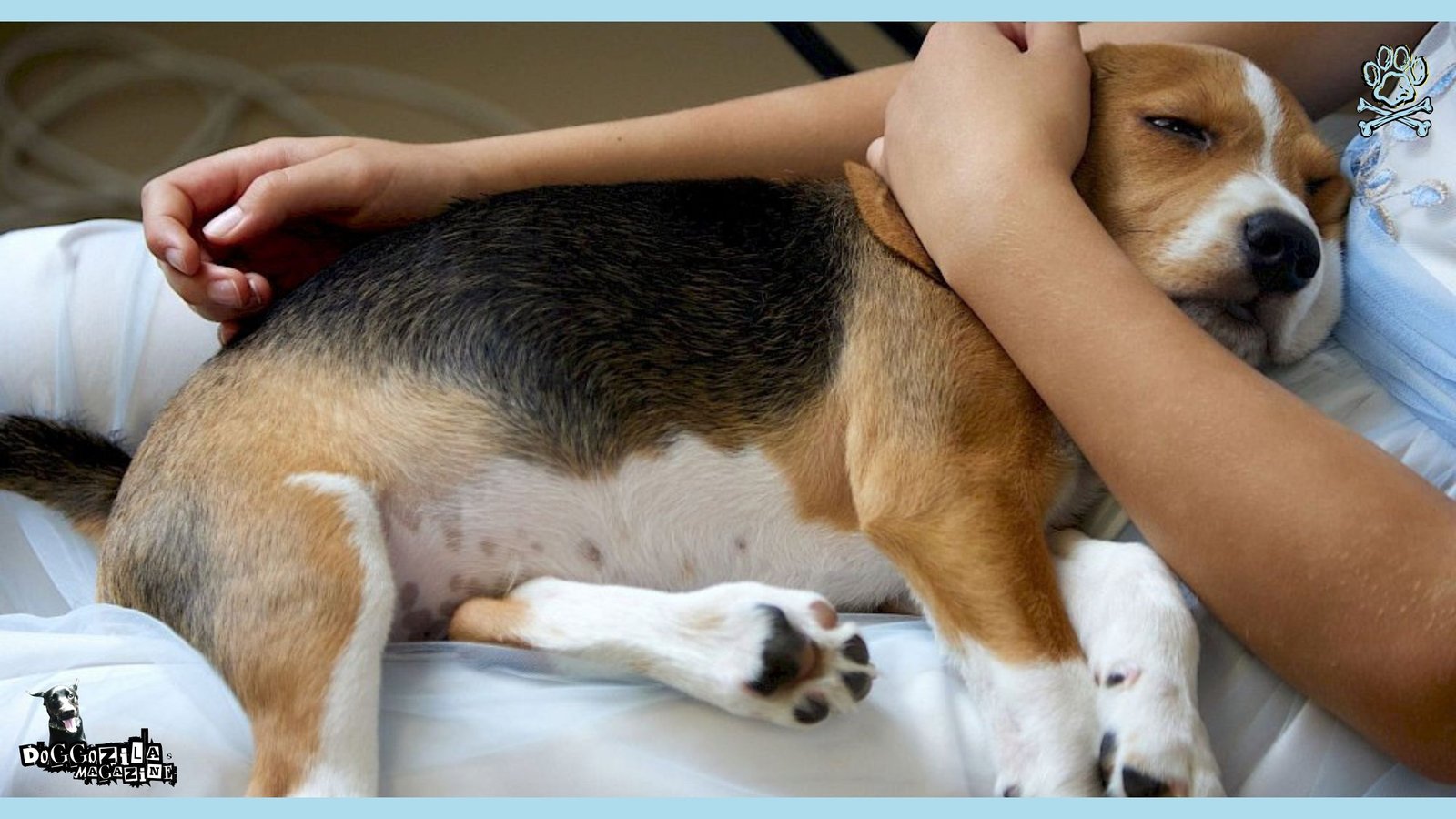
SUPPORT AND RESOURCES FOR DOG OWNERS
Discovering that your dog has cancer can be an overwhelmingly emotional experience, filled with questions and uncertainties. Fortunately, there are numerous support and resources available to help pet owners navigate this challenging time. One of the primary resources is to connect with veterinary oncologists. These specialists are trained in diagnosing and treating cancer in animals, ensuring your dog receives the best possible care and treatment options. Your regular veterinarian can often provide referrals to a reputable veterinary oncologist.
Search Through the Pet Community for Emotional Coping
Joining pet cancer support groups can also be incredibly beneficial. These groups offer a sense of community and understanding, allowing you to share your experiences and gain insights from others who have faced similar situations.
Both in-person and online communities exist, providing a supportive network where you can exchange advice, emotional support, and practical tips. Online communities, in particular, offer the flexibility to connect with others at any time, which can be reassuring during those moments when you feel most isolated.
Coping emotionally with your dog’s cancer diagnosis is crucial for your well-being. Seeking professional counseling can provide a safe space to express your feelings and develop coping strategies. Therapists who specialize in grief and pet loss can guide you through this emotionally turbulent period, helping you to process your emotions constructively.
Addressing the Financial Aspects of the Treatment for Cancer in Dogs
Addressing the financial aspects of cancer treatment for your dog is another important consideration. Cancer treatments can be costly, but there are financial assistance options available. Organizations such as The Pet Fund, RedRover, and various breed-specific funds can offer financial aid to pet owners in need.
Additionally, some veterinary clinics may offer payment plans or sliding scale fees based on your financial situation. Exploring pet insurance policies is also a proactive step, as some may cover a portion of the cancer treatment costs.
By tapping into these support systems and resources, you can alleviate some of the stress associated with your dog’s cancer diagnosis, ensuring that both you and your pet receive the care and support needed during this difficult time.
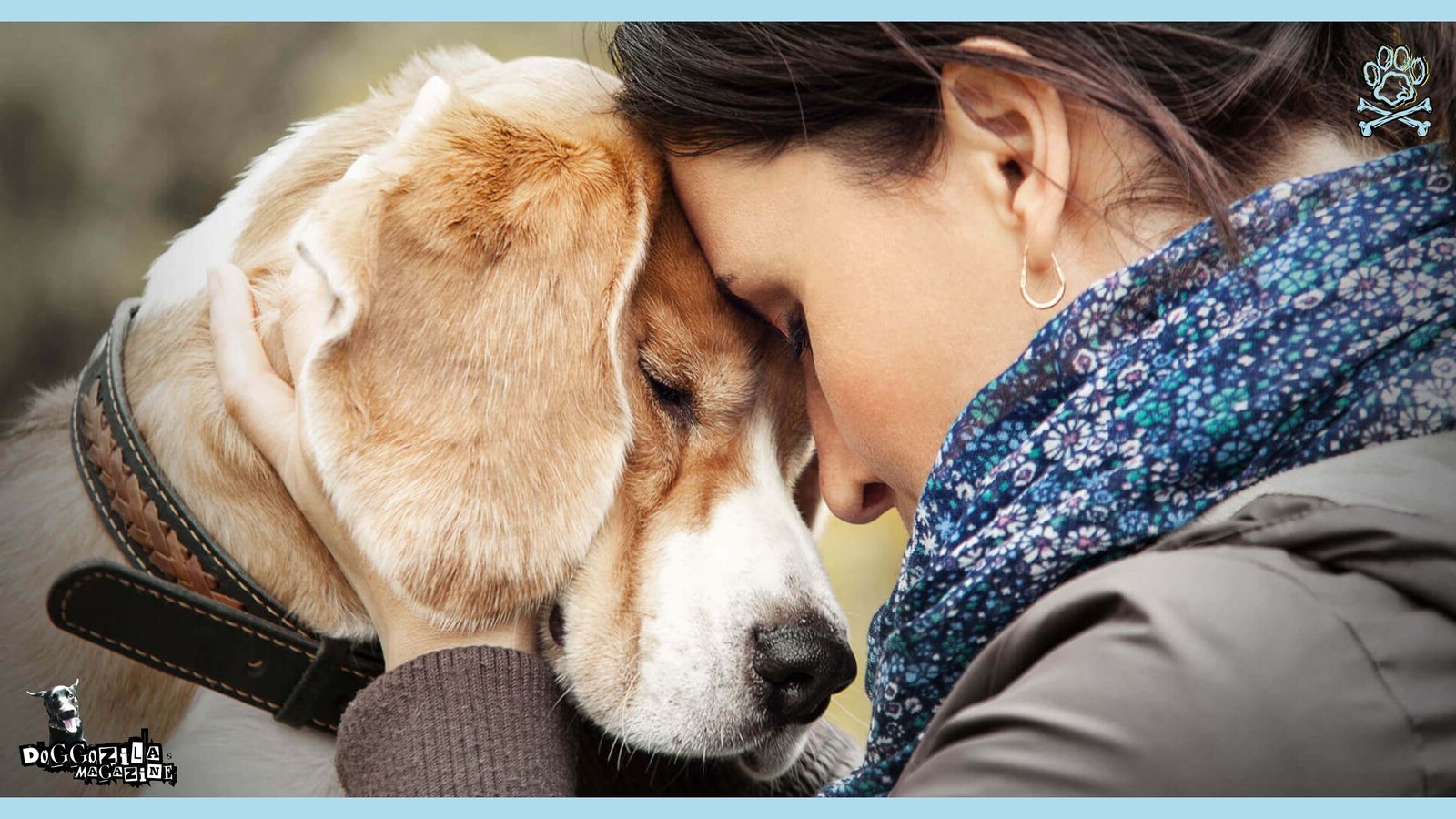
🔑 Key Points: Gathering support from friends, family, or local pet loss groups can also be invaluable, fostering a sense of community and understanding. Support networks often provide a comforting space for individuals to share their stories and find encouragement. With time, pet owners will begin to heal, cherishing not just the memories, but the love that transcends even the most difficult circumstances.









